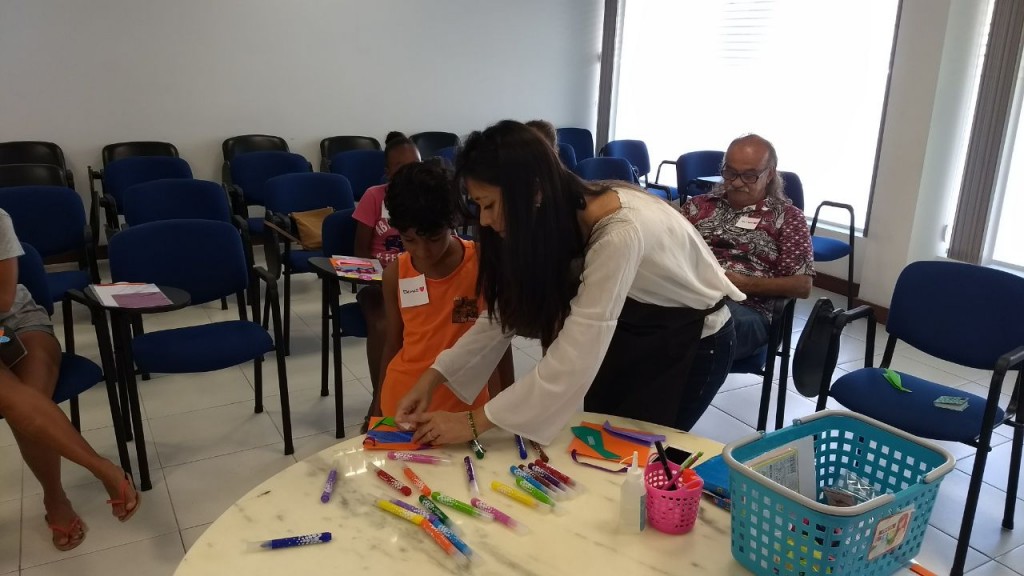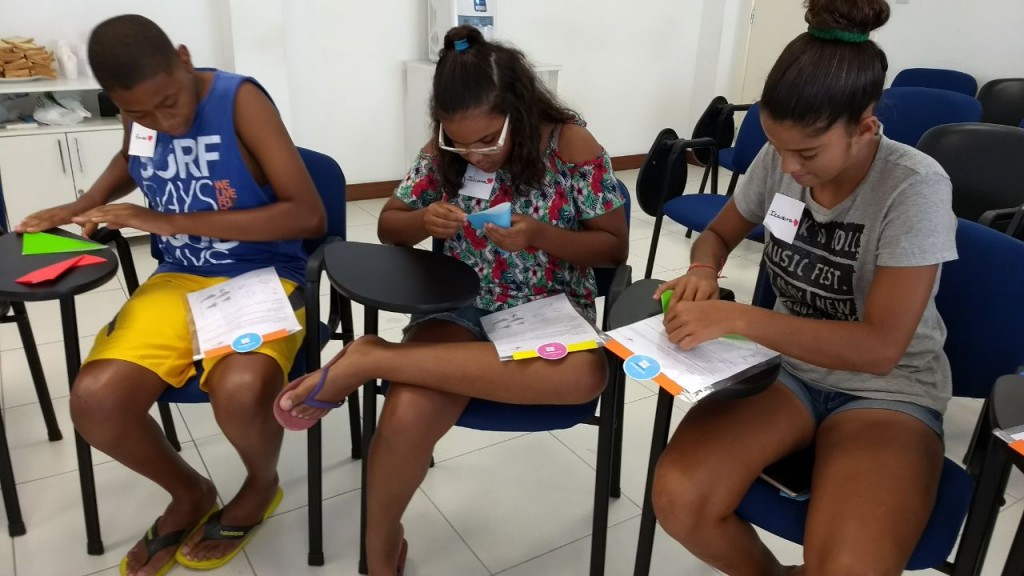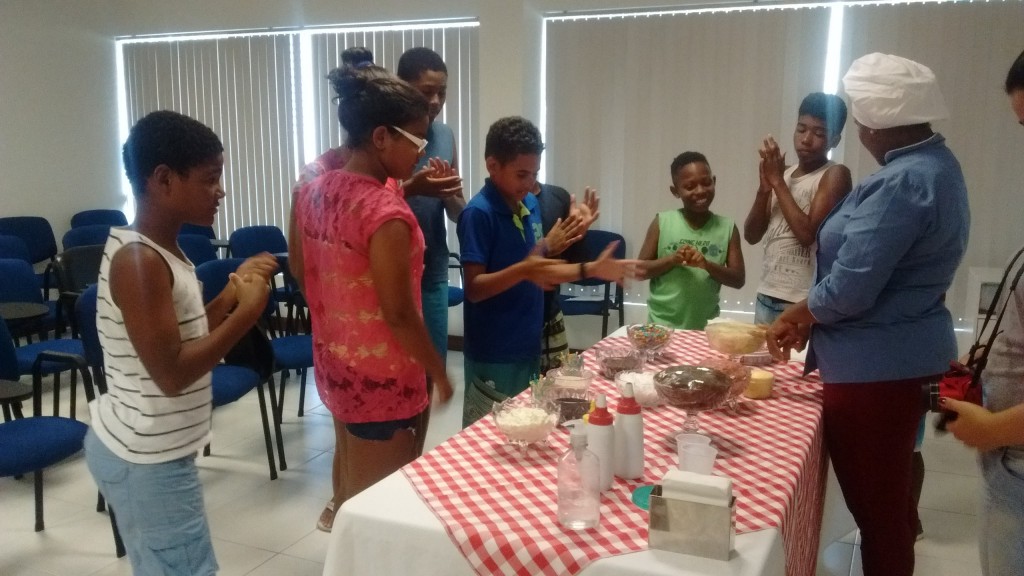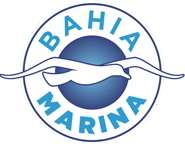On one hand, papers and cutouts to give life to the Japanese art of origami. On the other, a table full of goodies to create and taste the most popular Brazilian sweet, the brigadeiro. This was how the young people of Bahia Marina’s Environmental Education and Social Communication Program celebrated the Children’s Month in gatherings held at the company’s auditorium.
In the brigadeiros workshop, the dessert-maker Gelcilene Cerqueira taught the young people how to roll, combine ingredients and recreate the simple candy into a more sophisticated version, the gourmet brigadeiro, with flavors and more attractive presentations. In addition to the traditional, boys and girls could taste the strawberry, milk, stuffed, Romeo and Juliet, Neapolitan versions, with different toppings, well as 30 other variations of the delicacy that made the joy of everyone present.
“I liked all the brigadeiros I ate here and I will try to make some at home,” said Filipe dos Santos, 13, at the time.
For Isadora Moraes, age 16, what she liked the most in the workshop was mixing the ingredients. “I found that all of them together are better than just one flavor. As soon as I get home I’ll do what I learned here. ”
Art on paper
Origamist for more than five years, Sayuri Miura brought her knowledge of the Japanese technique of creating representations with the geometric folds, without cutting or gluing the paper, to the participants of the Environmental Education and Social Communication Program. After learning how to use the technique, the kids created representations of marine species found in the Baía de Todos os Santos, such as local fish and whales.
“I found it wonderful to share a little of my knowledge with this class. It was an incredible afternoon and I hope to return other times, “Sayuri concluded.
But how is learning about the techniques of paper folding and the various ways of making brigadeiros related to Environmental Education? The issue was clarified by Roseane Palavizini, PhD in Environmental Engineering and the expert responsible for the Program of Environmental Education and Social Communication of Bahia Marina. She developed the concept of diversity and beauty with the children, making a relationship with the brigadeiros table in its rich variety and color. Palavizini also discussed the origin of the chocolate – the raw material of the brigadeiro, its arrival in Brazil and the way of planting cacao trees in Bahia. As for the paper transformed into art, in addition to reflecting beauty, it can also expand children’s knowledge about marine animals, through the specific technique.







